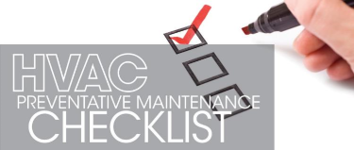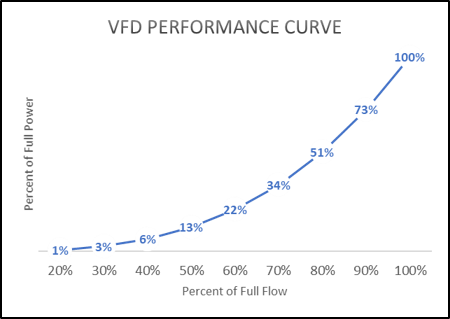One of the cornerstones of Burton’s energy management approach with our clients is implementing a basic set of energy savings best practices across their portfolios. These best practices have been compiled over the years and are based on the experience of auditing hundreds of facilities throughout the country. These best practices focus on operational improvements and practical hands-on strategies that can be implemented for little or no cost and can be applied immediately to start saving energy and money. As a follow-up to a recent Burton webinar, this blog post provides an overview of several of these energy savings best practices. We often get feedback that these strategies seem like common sense. However, we find all too often that these strategies are not commonly in practice. A combined effort and attention to these practices can save 5 percent to 10 percent of your annual utility expenses. What could that mean for your facility or portfolio? The following are several general guidelines to follow to reduce utility consumption and costs in your facility:

- Turn It Off – we find lighting, HVAC equipment, and other equipment operating in unoccupied spaces or when it doesn’t need to in almost every facility we visit.
- Set it Back – in cases where turning HVAC equipment off is not an option, setting back the temperature setpoints during unoccupied periods can provide significant energy savings.
- Retro-commissioning – this is a process of investigating and identifying low-cost and no-cost operational improvements that optimize the existing equipment operation for the current and future use of the facility.
- Repair Water Leaks and Reduce Waste – leaking toilets or leaks in irrigation systems can result in excessive water usage.
- Seasonal Maintenance – having a strong preventative maintenance plan in place not only increases the lifespan of your equipment, but it can greatly improve the efficiency of your equipment as well.

In addition to these general guidelines for operational and hands-on best practices, there are also best practices to consider when making more significant upgrades to equipment to further improve efficiency and provide additional savings. Some best practices when purchasing new equipment or retrofitting existing equipment are:

- Convert to LED lighting. Even if a comprehensive project can’t be performed, purchasing LED lamps to replace burnt-out fluorescent and incandescent lamps can provide energy and maintenance savings over time.
- Install variable frequency drives (VFDs). Primarily used in HVAC applications in commercial buildings, VFDs offer significant energy savings benefits compared to operating electric motors at 100% speed continuously. For instance, reducing the speed of an HVAC fan motor by 20% can reduce the electricity required to power the motor by up to 50%.
- Purchase
high efficiency HVAC equipment. When it is time to upgrade an existing rooftop unit (RTU) or chiller, investing in ahigh efficiency version is recommended. Whilehigh efficiency equipment may be more expensive, the energy savings over time will more than make up for the increased upfront cost of the equipment.
Implementing these best practices in your facility will result in reduced utility consumption and cost as well as extended equipment life and improved occupant comfort. If your facility has implemented best practices like these, but you would like to know what you can do to achieve even more savings, consider a detailed energy and water audit to dig deeper and find additional opportunities. Burton’s energy engineers are always excited to work with our clients to identify conservation measures and reduce utility expenses, so let us know how we can help!
